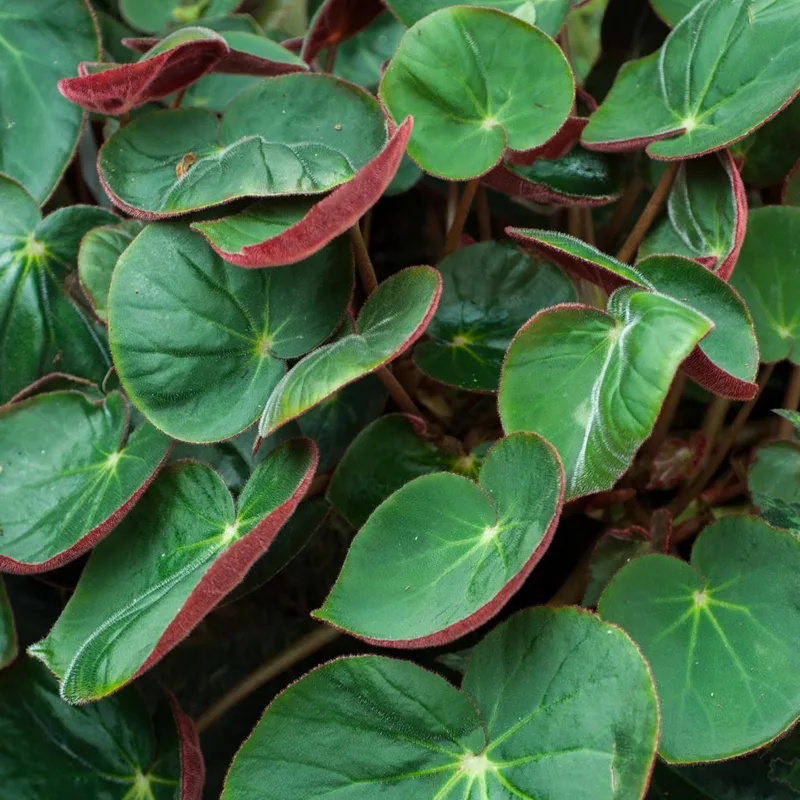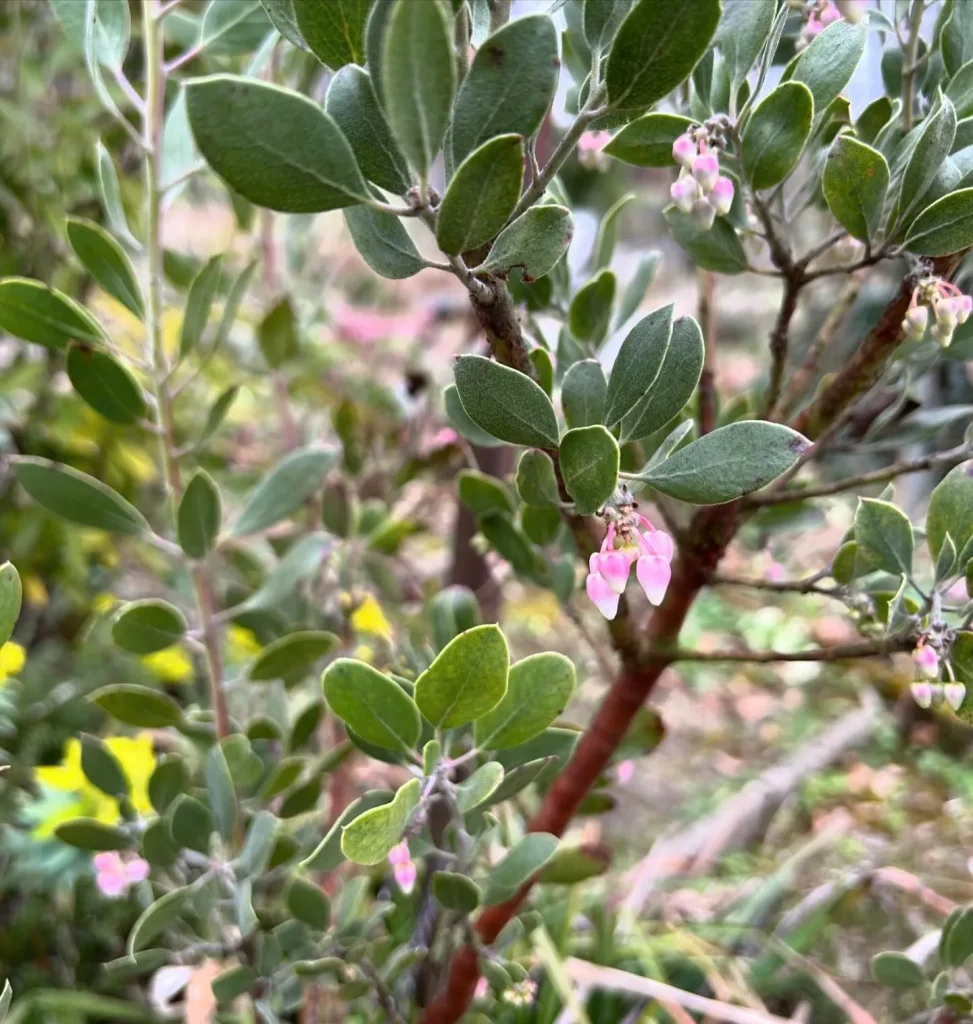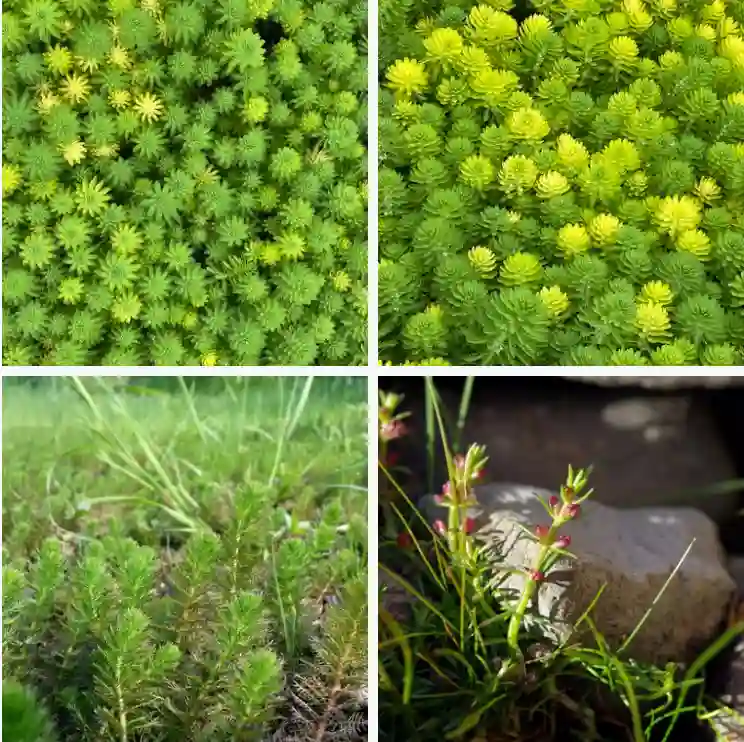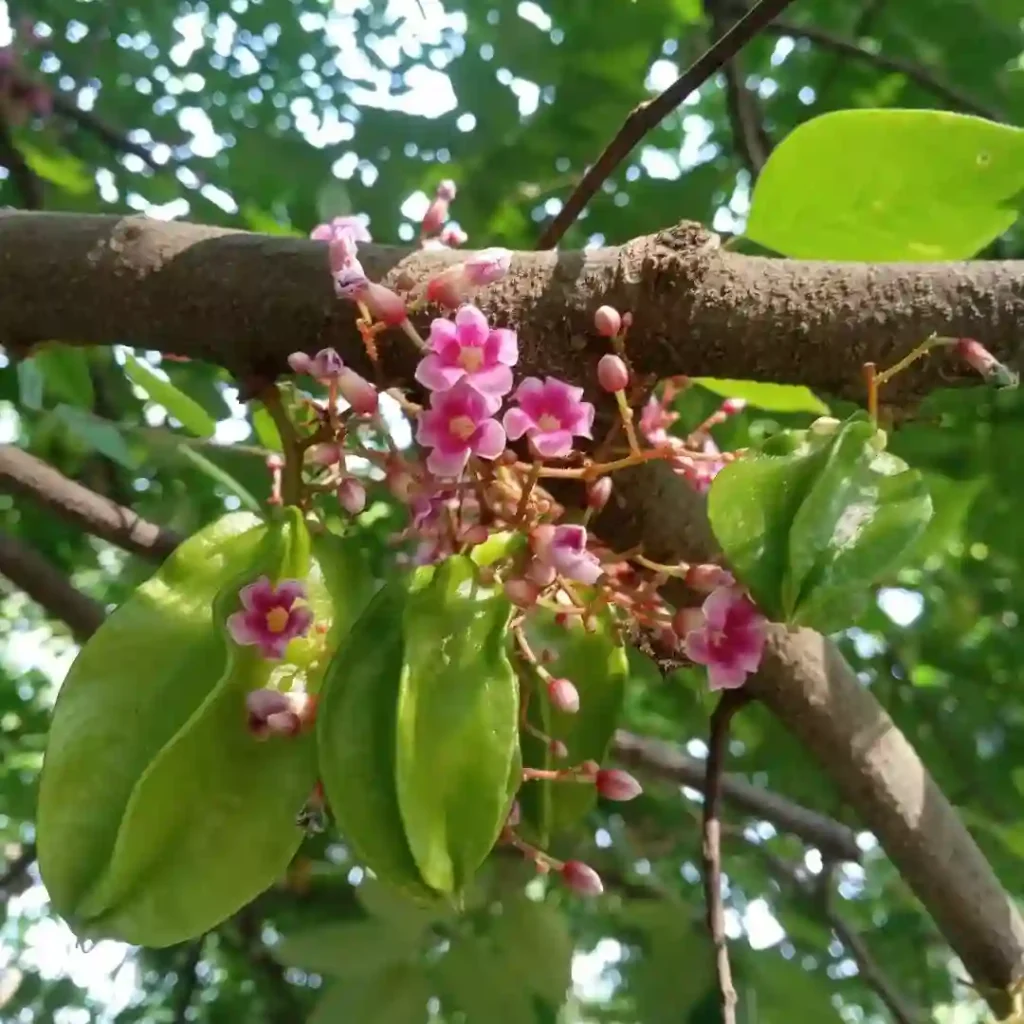FAQs About Blumea Lanceolaria
Blumea Lanceolaria is a plant that has piqued my interest recently. Its unique features and care requirements make it a fascinating addition to any garden or indoor plant collection. Here, I’ll dive into some frequently asked questions about this plant, based on my experiences and research.
What is Blumea Lanceolaria?
Blumea Lanceolaria, commonly known as Lanceleaf Blumea, is a perennial herb native to tropical Asia. It’s recognized for its lance-shaped leaves and clusters of small, purple flowers. This plant belongs to the Asteraceae family, which includes sunflowers and daisies. It thrives in warm climates and is valued for both its ornamental and medicinal properties.
Plant Family: 1720 Genera in Asteraceae
How to Care for Blumea Lanceolaria?
Caring for Blumea Lanceolaria is relatively straightforward. Here’s a breakdown of what you need to know:
- Light: This plant prefers full sun to partial shade. If you’re growing it indoors, place it near a south-facing window where it can get plenty of light.
- Soil: It thrives in well-draining soil. I recommend a mix of garden soil with compost or perlite to improve drainage.
- Watering: Keep the soil consistently moist but not waterlogged. During the growing season, I water it once a week, reducing frequency in winter.
- Temperature: Blumea Lanceolaria prefers temperatures between 60°F and 85°F. It’s not frost-tolerant, so if you live in a colder climate, it’s best to grow it in pots that can be moved indoors during winter.
How to Propagate Blumea Lanceolaria?
Propagation of Blumea Lanceolaria can be done through seeds or cuttings. Here’s how:
- Seeds: Sow seeds in a seed-starting mix. Keep them moist and in a warm location until germination, which usually takes 2-4 weeks. Transplant the seedlings when they are large enough to handle.
- Cuttings: Take cuttings from a healthy plant during the growing season. Dip the cut ends in rooting hormone and plant them in a pot with a well-draining mix. Keep the soil moist and in a warm, bright location until roots develop.
What to Plant With Blumea Lanceolaria?
Blumea Lanceolaria pairs well with a variety of plants. Consider combining it with:
- Coleus: The vibrant colors of Coleus contrast nicely with the delicate purple flowers of Blumea Lanceolaria.
- Lobelia: This plant’s cascading habit complements the upright nature of Blumea Lanceolaria.
- Marigolds: Their bright blooms and compact growth make a great companion plant, adding a splash of color to the garden.
Benefits of Blumea Lanceolaria
Blumea Lanceolaria offers several benefits:
- Ornamental Appeal: Its striking foliage and flower clusters make it an attractive choice for garden beds and containers.
- Medicinal Uses: In traditional medicine, it’s used for its anti-inflammatory and analgesic properties. However, always consult a healthcare professional before using it medicinally.
Is Blumea Lanceolaria Toxic?
Blumea Lanceolaria is generally considered non-toxic to humans and pets. However, it’s always wise to avoid ingestion and keep plants out of reach of curious pets and small children.
Common Problems with Blumea Lanceolaria
While Blumea Lanceolaria is relatively hardy, it can face a few issues:
- Pests: Watch out for aphids and spider mites, especially if growing indoors. Regularly inspect your plant and use insecticidal soap if needed.
- Diseases: Overwatering can lead to root rot. Ensure proper drainage and avoid waterlogging to prevent this issue.
How Does Blumea Lanceolaria Compare to Similar Plants?
Blumea Lanceolaria can be confused with a few similar plants, so here’s a comparison:
- Blumea Balsamifera: Often mistaken for Blumea Lanceolaria due to its similar leaf shape. However, Blumea Balsamifera has larger leaves and produces different flowers.
- Eupatorium: This genus includes plants with a similar floral structure but usually has larger flower clusters and different foliage.
Final Thoughts
Blumea Lanceolaria is a captivating plant with its distinct foliage and vibrant flowers. Its care requirements are manageable, making it a great choice for both seasoned gardeners and beginners. With the right conditions, it can thrive and add a touch of exotic beauty to your space. If you’re considering adding this plant to your collection, I hope this guide helps you understand its needs and benefits.
If i die, water my plants!



